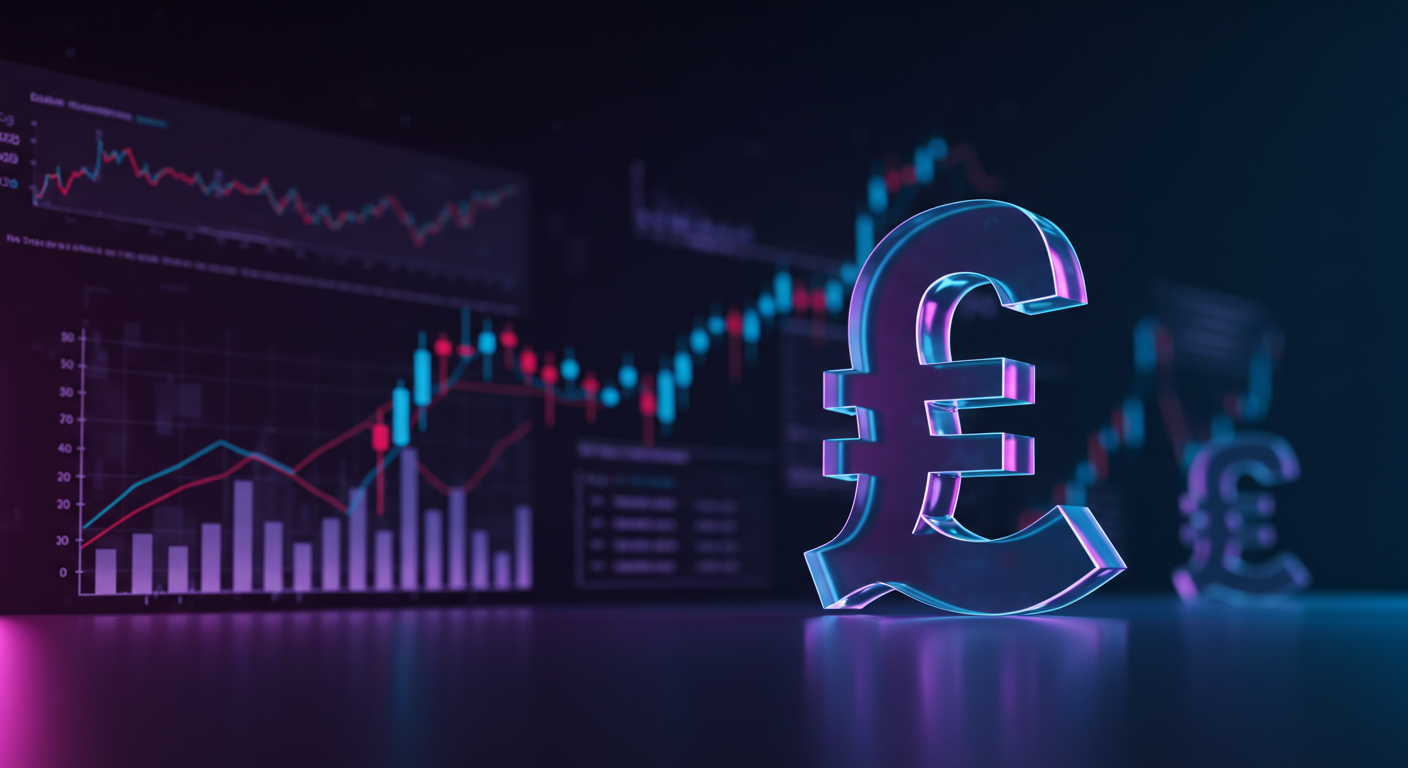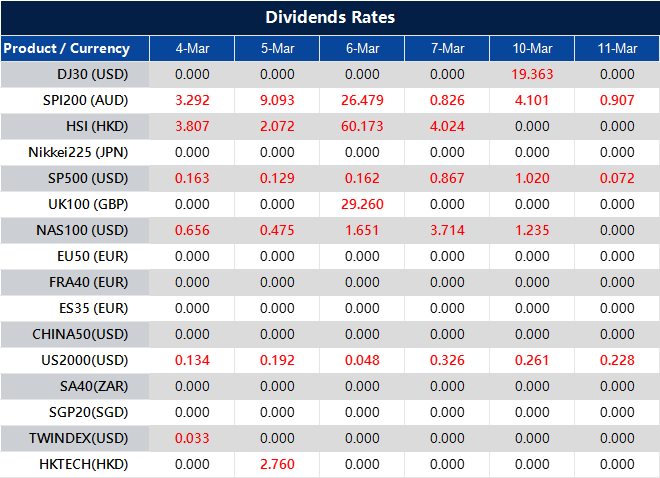Mexico City, Mexico, February 2025 – Markets today are volatile in a more complex and protectionist trading environment, which alters the mood of investors. In this context, effective strategies and advanced decision-making tools are essential to operate successfully and adapt to the new market dynamics.
In its participation in Money Expo Mexico 2025, VT Markets reaffirmed its commitment to traders, sharing practical approaches to optimise their performance in these markets. The multi-award winning broker consolidated its commitment to education and technology as fundamental pillars to help both experienced traders and those new to trading.
Following this vision, VT Markets was present at Money Expo Mexico 2025, the most important financial event in Latin America, which brought together more than 5,000 attendees, 150 financial brokers and 50 exhibitors on 26 and 27 February at the Centro Citibanamex. Strategies for more accurate trading As a multi-asset broker, VT Markets provided a space where attendees could interact with its team and learn about strategies designed to improve their trading in a competitive environment. One of the highlights of the event was the conference given by Eduardo Ramos, senior analyst at VT Markets, who shared strategies for trading the financial markets with a focus on gold trading (XAUUSD). During his presentation, Ramos addressed:
– Fundamental principles of risk management in gold trading.
– How to effectively capitalise on gold price movements.
– Tools and strategies to improve accuracy in decision making.
“The key to success in financial markets is not predicting the future, but knowing how to react with precision and control when volatility strikes. Smart investing is not a matter of luck, but of preparation, discipline and the ability to remain calm under pressure. That is the difference between those who survive and those who thrive”, Ramos stressed during his participation.
Enriching experiences for traders
Attendees had the opportunity to explore advanced trading tools, receive personalised advice and learn about financial solutions designed for both novice and experienced traders. In addition, VT Markets organised exclusive prize draws, adding to the attractiveness of the experience.
On Day 2 of the Money Expo Mexico, VT Markets was proudly recognized as the “Top Broker for Partnership Programme”. This accolade marks a successful conclusion to the company’s participation, reinforcing its leadership and strong foothold in the LATAM trading and brokerage sector.
Money Expo: A benchmark for the financial sector
Beyond being an exhibition space, Money Expo Mexico 2025 established itself as a key event for the exchange of knowledge and strategies in the financial industry. Companies such as VT Markets stood out for their focus on innovation and commitment to the region’s community of traders and investors. With its participation in the event, VT Markets reinforces its mission to support traders with cutting-edge resources, consolidating itself as a strategic ally for those seeking to remain competitive in the constantly evolving financial markets.
For event photos, please visit: https://bit.ly/VTMEM
About VT Markets
VT Markets is a regulated multi-asset broker with a presence in over 160 countries as of today. It has earned numerous international accolades including Best Online Trading and Fastest Growing Broker. In line with its mission to make trading accessible to all, VT Markets offers comprehensive access to over 1,000 financial instruments and clients benefit from a seamless trading experience via its award-winning mobile application.
For more information, please visit the official VT Markets website or email us at [email protected]. Alternatively, follow VT Markets on Facebook, Instagram, or LinkedIn.
For media enquiries and sponsorship opportunities, please email [email protected], or contact:
Dandelyn Koh
Global Brand & PR Lead
Brenda Wong
Assistant Manager, Global PR & Communications













